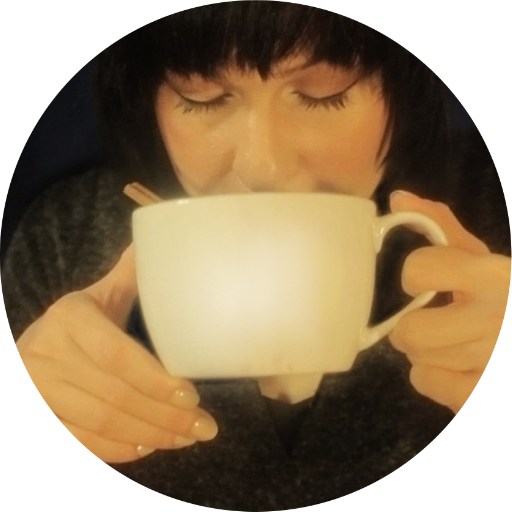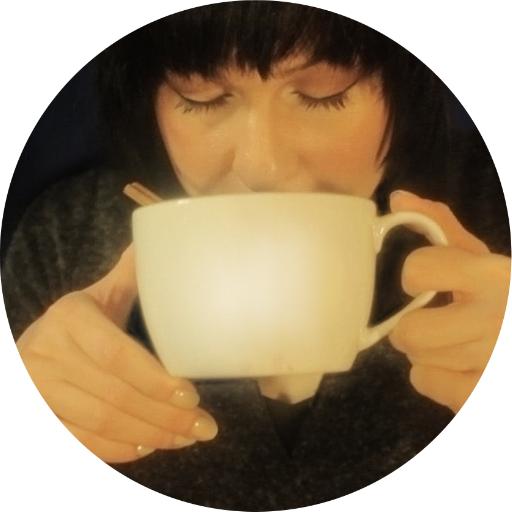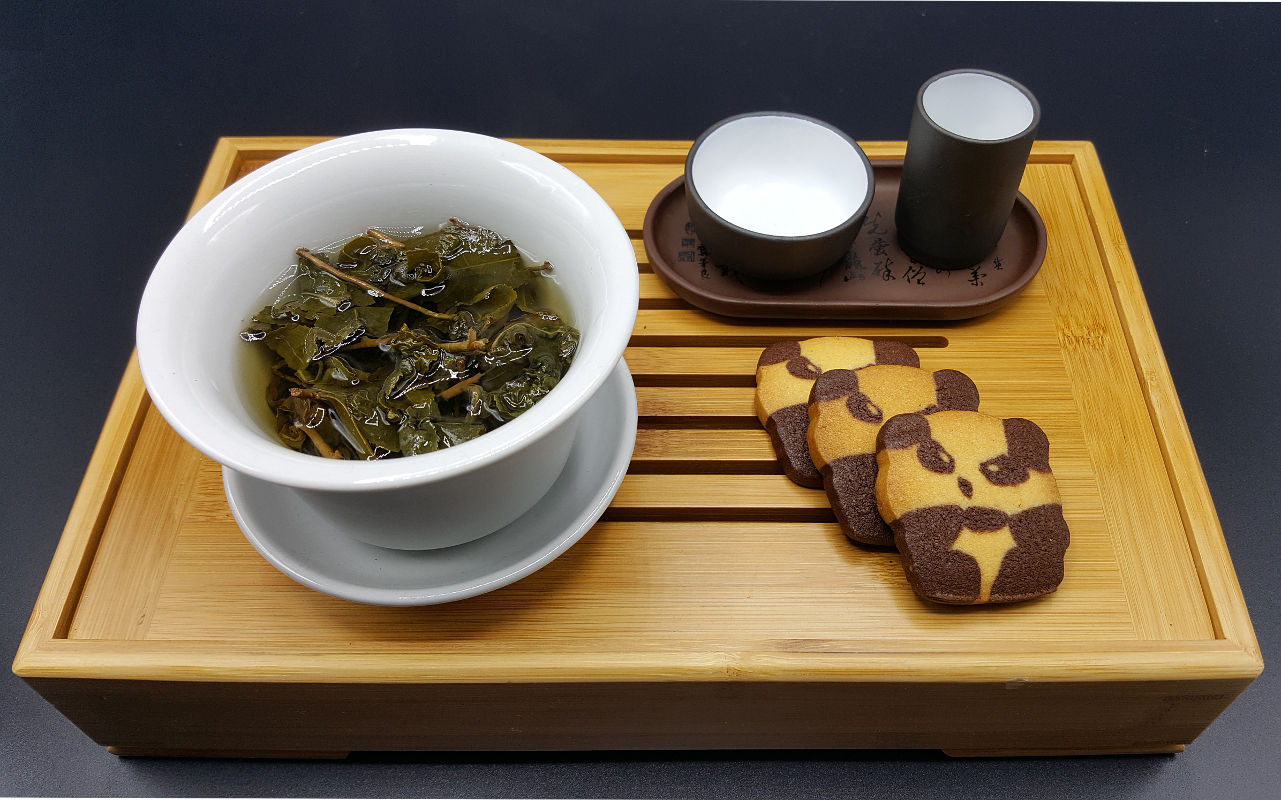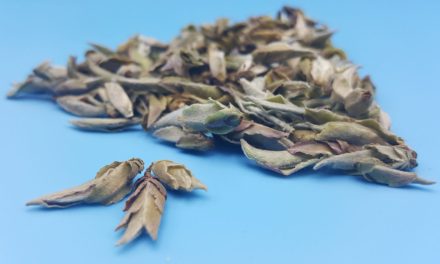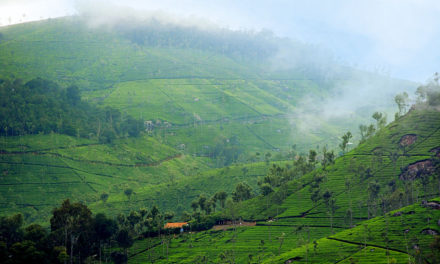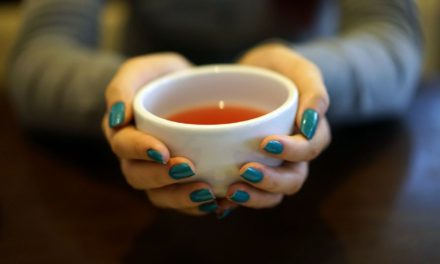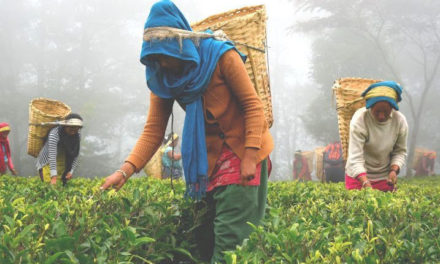Real Milk Oolong,
Fake Milk Oolong,
What’s the Difference?
Oolong tea might credit its origins to the northern half of China’s Fujian Province, but milk oolong is without a doubt a Taiwanese tea creation.
The tea cultivar, Jin Xuan, was developed in Taiwan in the ’70s and farmers began cultivating it in the ’80s. Its generally mountainous terroir –plantation altitude, latitude, weather conditions, and even the day leaves are picked influence the end product– converges with the tea plant and estate roasting methods to produce a naturally sweet, silky, even milky flavor with floral undertones like orchid. No milk or additives involved. Just leaves.
Will the Real Milk Oolong Please Stand Up?
However, if you’ve ever tasted milk oolong, you’ve probably sampled the flavored variety. Some producers are accused of masking poor quality oolong leaves with milk flavor to pass them off as a higher grade Jin Xuan which requires a special climate and growing conditions to develop its natural flavor.
The genuinely milky Jin Xuan cultivar is hard to come by as it’s only grown in Taiwan and Fujian, and even then producers might enhance their leaves with added milk flavor. There’s nothing subtle about it when they do. It imparts an unmistakably creamy, buttery, milky taste. For example, of the two milk oolongs I have in my collection, the one from David’s Tea contains “natural flavouring” even though it’s apparently sourced from the Wuyi mountains in Fujian province where they do grow the authentic cultivar.
And the other one is also allegedly from Fujian. According to the tea shop owner I bought it from in Montreal’s Chinatown, its flavor is natural, authentic. I asked twice to be sure, but his English was broken so I’m not sure if he meant it was “naturally flavored” like my David’s Tea oolong, or if it’s the real Jin-Xuan-no-additives deal. What I can tell you is the smell of sweetened milk is strong when I open the pouch, so strong I can’t smell the tea itself, supposedly a giveaway that it’s been flavored after the fact.
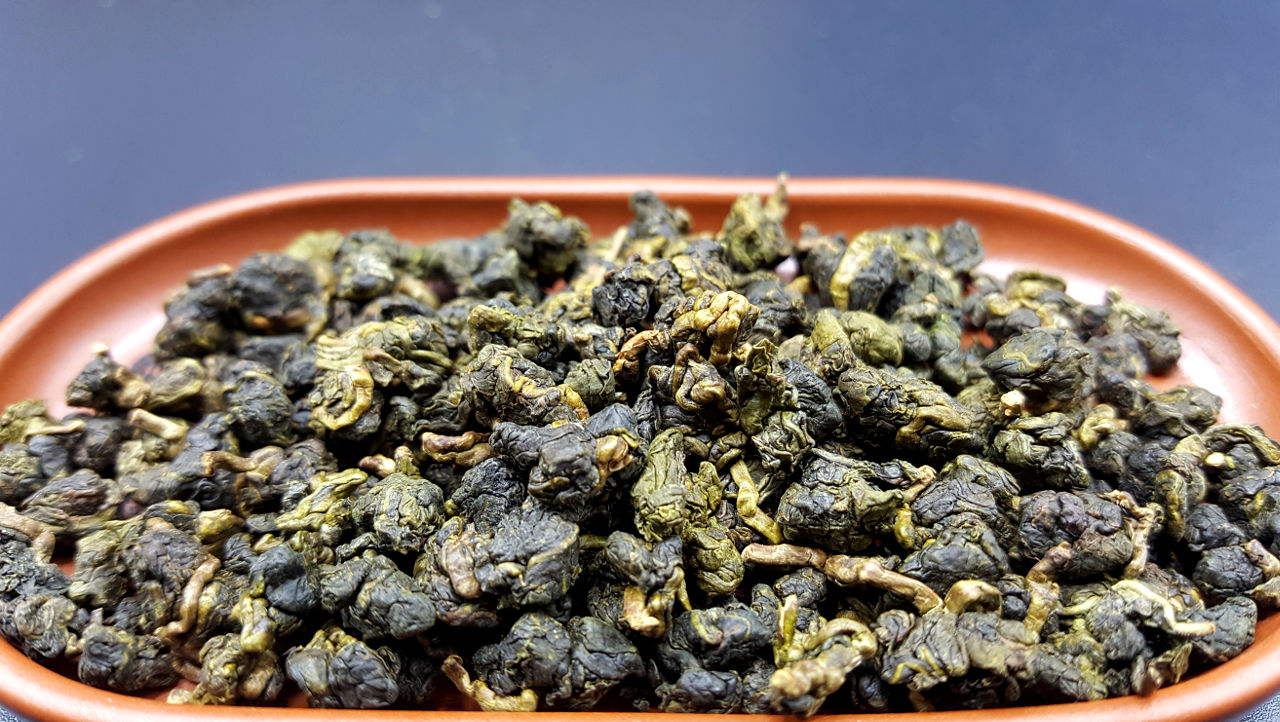
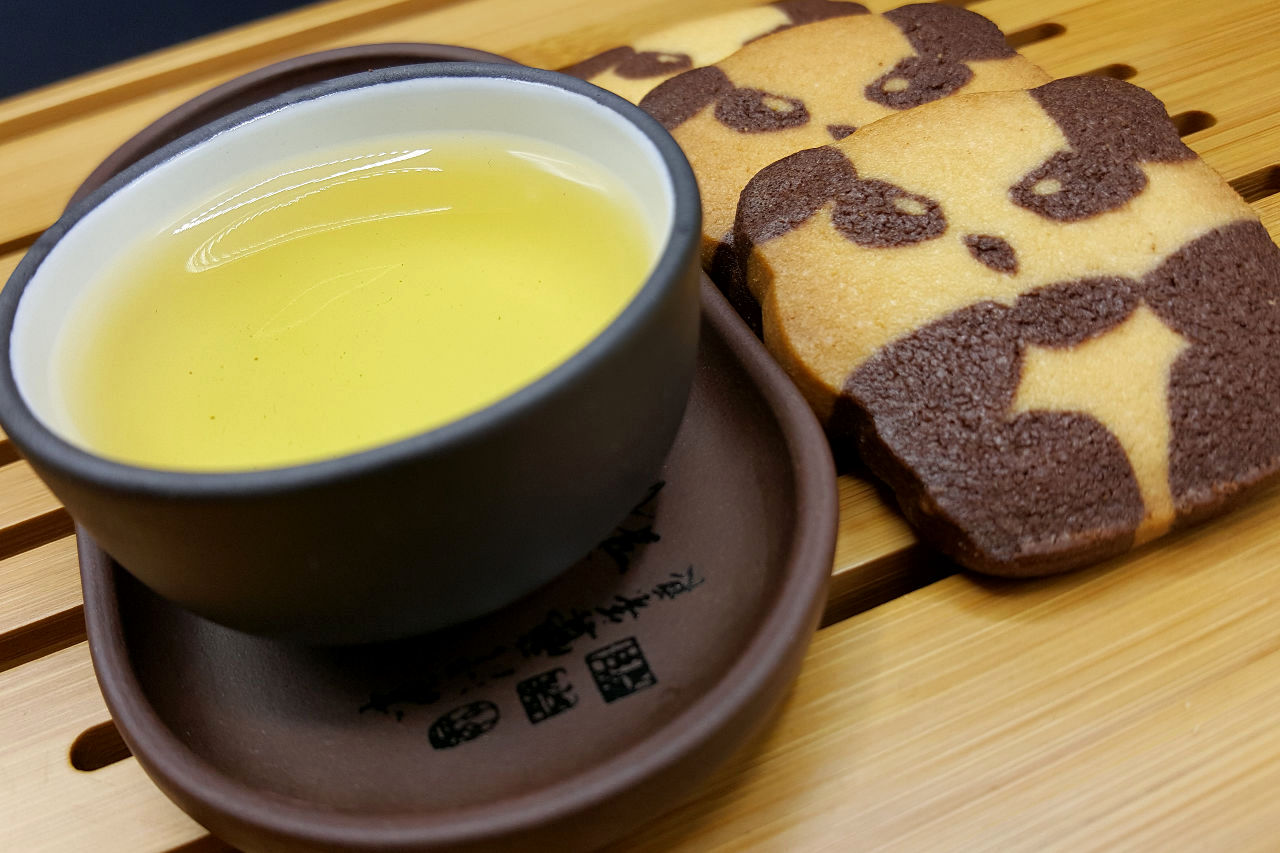
More Tea of the Week:
(All photos © Evelyn Reid, all rights reserved, may not be used without photographer’s explicit written permission).
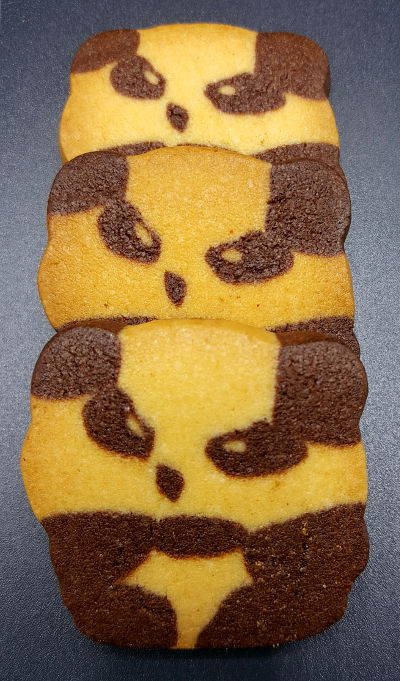
Either way, both are delightful even though they aren’t genuine per se, a sweet, desserty pick-me-up for an especially dreary afternoon. If I’m feeling particularly indulgent, I pair a cup with Chinese butter cookies (shaped into kung fu pandas, if possible).
Believe it or not, some tea connoisseurs actually prefer the added flavor variant over the authentic milk oolong.
Genuine milk oolong is described as more subtle and nuanced. When you smell the dry leaves, a milk scent does not overpower the smell of the tea itself. And the brew is not so much milky in flavor as it is silky in mouthfeel. When I have a chance to buy Jin Xuan straight from Taiwan, I’ll do a proper side-by-side comparison of authentic unflavored versus flavored milk oolong and report back on Where’s Your Head.
In the meantime, consider comparing and contrasting yourself. Tea for From Taiwan proposes an affordable sample pack which includes one flavored milk oolong and two unflavored.
Don’t Burn the Oolong
How to nail the brew? Do not –I repeat DO NOT– pour scalding hot water on your precious oolong. Doing so burns the leaves, leaving a bitter or charred flavor behind. Let boiling water cool for 3 to 4 minutes and then pour it on the leaves. Then wait another 3 minutes or so for it to steep ensuring to remove the leaves promptly when the time is up –unless you’re using a traditional gaiwan which is a whole other tea game that does a brilliant job at bringing out the flavors in oolong tea (see video below for instructions)– and voilà… perfect oolong.
A Word on Stems
Consumers are often dissuaded from purchasing tea leaves at a premium price when stems are still attached as that can denote a lower quality tea. But in the case of oolongs, stems are sometimes kept attached on purpose. Catechins present in the tea plant’s stem promote a mellower, sweet flavor while catechins in the buds and leaves tend to impart a more astringent taste which is great for some types of tea, but milk oolong? Not so much. You want that smooth flavor. Consequently, you want the stems.
Where To Buy Milk Oolong
In addition to scoring both flavored and unflavored Jin Xuan straight from Taiwan, you can find allegedly genuine unflavored milk oolong on Amazon. Mandala Tea’s milk oolong also comes highly recommended.
Camellia Sinensis also sells it and ships internationally, though it’s not clear if it’s flavored or not. As someone who knows this particular tea company rather well, I suspect it’s the real McCoy.
Among the flavored varieties, David’s Tea sells a decent milk oolong.

Oolong tea might credit its origins to the northern half of China’s Fujian Province, but milk oolong is without a doubt a Taiwanese tea creation.
The tea cultivar, Jin Xuan, was developed in Taiwan in the ’70s and farmers began cultivating it in the ’80s. Its generally mountainous terroir –plantation altitude, latitude, weather conditions, and even the day leaves are picked influence the end product– converges with the tea plant and estate roasting methods to produce a naturally sweet, silky, even milky flavor with floral undertones like orchid. No milk or additives involved. Just leaves.
Will the Real Milk Oolong Please Stand Up?
However, if you’ve ever tasted milk oolong, you’ve probably sampled the flavored variety. Some producers are accused of masking poor quality oolong leaves with milk flavor to pass them off as a higher grade Jin Xuan which requires a special climate and growing conditions to develop its natural flavor.
The genuinely milky Jin Xuan cultivar is hard to come by as it’s only grown in Taiwan and Fujian, and even then producers might enhance their leaves with added milk flavor. There’s nothing subtle about it when they do. It imparts an unmistakably creamy, buttery, milky taste. For example, of the two milk oolongs I have in my collection, the one from David’s Tea contains “natural flavouring” even though it’s apparently sourced from the Wuyi mountains in Fujian province where they do grow the authentic cultivar.
And the other one is also allegedly from Fujian. According to the tea shop owner I bought it from in Montreal’s Chinatown, its flavor is natural, authentic. I asked twice to be sure, but his English was broken so I’m not sure if he meant it was “naturally flavored” like my David’s Tea oolong, or if it’s the real Jin-Xuan-no-additives deal. What I can tell you is the smell of sweetened milk is strong when I open the pouch, so strong I can’t smell the tea itself, supposedly a giveaway that it’s been flavored after the fact.

(All photos in this post © Evelyn Reid, all rights reserved, may not be used without photographer’s explicit permission)
Either way, both are delightful even though they aren’t genuine per se, a sweet, desserty pick-me-up for an especially dreary afternoon. If I’m feeling particularly indulgent, I pair a cup with Chinese butter cookies (shaped into kung fu pandas, if possible).
Believe it or not, some tea connoisseurs actually prefer the added flavor variant over the authentic milk oolong.
Genuine milk oolong is described as more subtle and nuanced. When you smell the dry leaves, a milk scent does not overpower the smell of the tea itself. And the brew is not so much milky in flavor as it is silky in mouthfeel. When I have a chance to buy Jin Xuan straight from Taiwan, I’ll do a proper side-by-side comparison of authentic unflavored versus flavored milk oolong and report back on Where’s Your Head.
In the meantime, consider comparing and contrasting yourself. Tea for From Taiwan proposes an affordable sample pack which includes one flavored milk oolong and two unflavored.
Don’t Burn the Oolong
How to nail the brew? Do not –I repeat DO NOT– pour scalding hot water on your precious oolong. Doing so burns the leaves, leaving a bitter or charred flavor behind. Let boiling water cool for 3 to 4 minutes and then pour it on the leaves. Then wait another 3 minutes or so for it to steep ensuring to remove the leaves promptly when the time is up –unless you’re using a traditional gaiwan which is a whole other tea game that does a brilliant job at bringing out the flavors in oolong tea (see video below for instructions)– and voilà… perfect oolong.
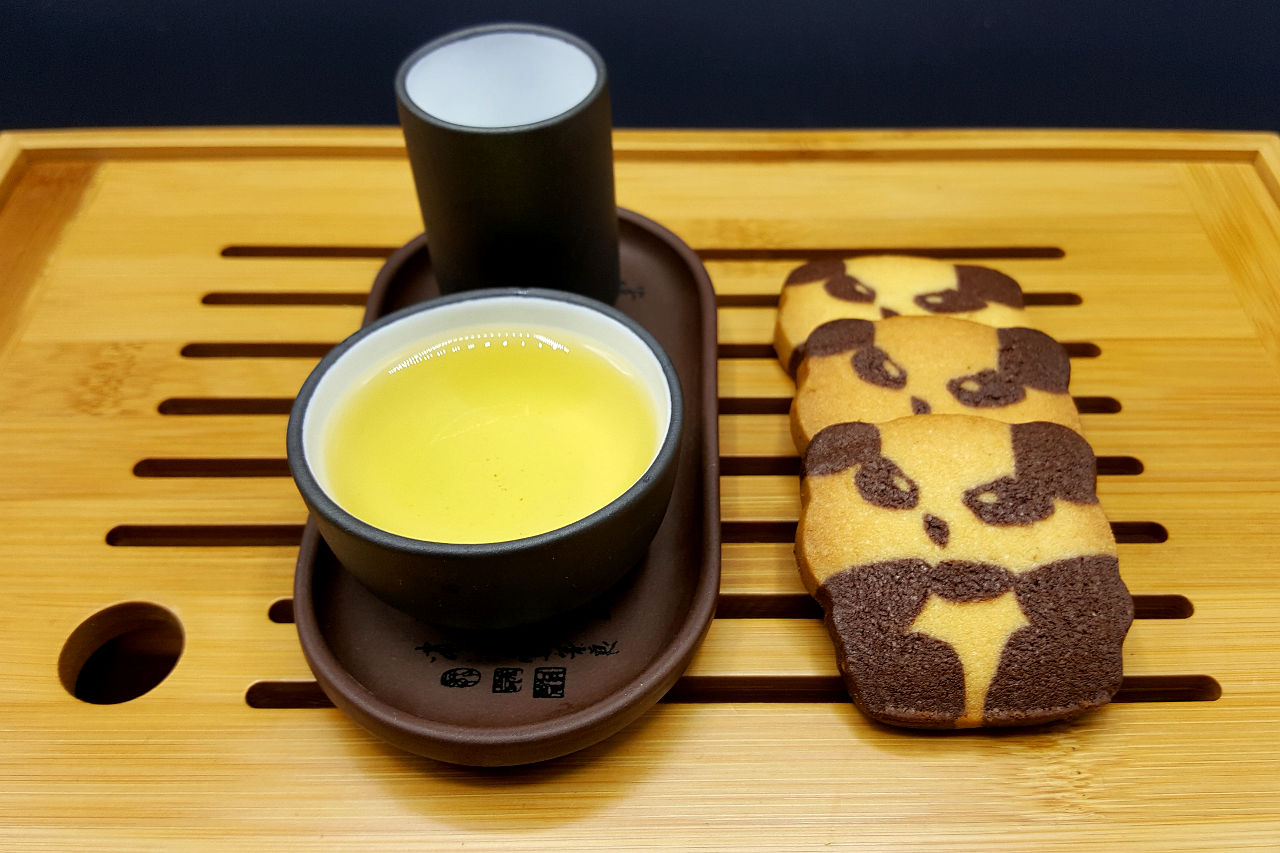
(All photos in this post © Evelyn Reid, all rights reserved, may not be used without photographer’s explicit permission)
A Word on Stems
Consumers are often dissuaded from purchasing tea leaves at a premium price when stems are still attached as that can denote a lower quality tea. But in the case of oolongs, stems are sometimes kept attached on purpose. Catechins present in the tea plant’s stem promote a mellower, sweet flavor while catechins in the buds and leaves tend to impart a more astringent taste which is great for some types of tea, but milk oolong? Not so much. You want that smooth flavor. Consequently, you want the stems.
Where To Buy Milk Oolong
In addition to scoring both flavored and unflavored Jin Xuan straight from Taiwan, you can find allegedly genuine unflavored milk oolong on Amazon. Mandala Tea’s milk oolong also comes highly recommended.
Camellia Sinensis also sells it and ships internationally, though it’s not clear if it’s flavored or not. As someone who knows this particular tea company rather well, I suspect it’s the real McCoy.
Among the flavored varieties, David’s Tea sells a decent milk oolong.


